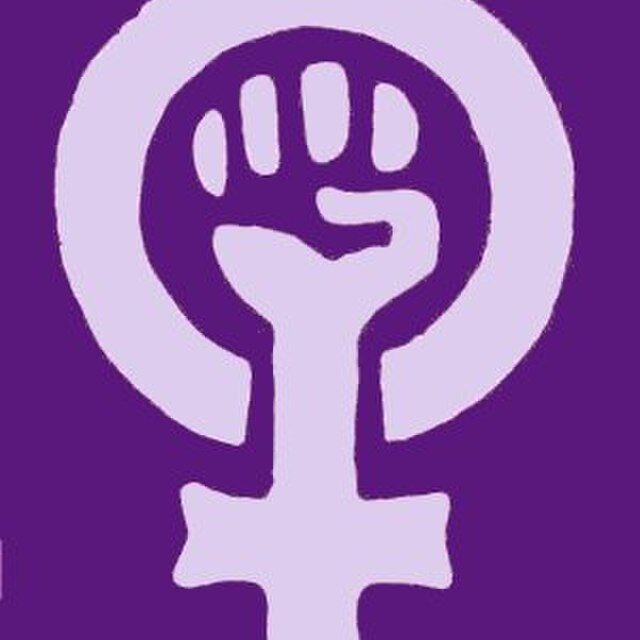Intersectional feminism began to make an appearance in American discourse around the 1990s. This perspective shed light on a new way to interpret contemporary issues within feminism. The theory of intersectional feminism was founded on the idea that oppression experienced by women should never be perceived as a
one-size-fits-all phenomenon. The linear platform of popular feminism birthed intersectional feminism.
The typical feminist narrative taught in public schools follows the wave system. The first wave, often associated with the women’s suffrage movement during the 19th century. Pioneers of the white suffrage movement preached equality but only for those who looked, sounded and represented their own social groups. Elizabeth Cady Stanton and Susan B. Anthony are famous for their involvement with the white women’s suffrage movement, but they did not support the 15th amendment. This is problematic because the second wave of American feminism often cites the women’s suffrage movement as its point of origin.
Fast-forward to the 1960s and the notion of the various “waves” of feminism was born. The word waves originated from a New York Times article written by Martha Weinman Lear titled “The Second Feminist Wave,” arguing for the link between the women’s movement of the 1960s and the aims of the suffrage movement. The popularity of the article led to the assumption of the connection between these two social movements in American history; thus associating feminism with a very specific female identity in mind. The second wave of feminism did question the social roles of women paving the way for wave three.
The third wave of feminism reveled in the spoils of past feminist generations and continued in the fight for equality. Internet and access to such technologies helped expand the notion of intersectional feminism. More specifically, the ‘90s era of intersectional feminism looks closely at individuals with multiple marginalized identities. Having a more complex identity allows for a layering effect of systemic oppression.
Scholar Kimberlé Crenshaw wrote a paper analyzing the details of the case DeGraffenreid v. General Motors. In the paper, she used the term intersectionality in relation to the topic of feminism. This assessment spoke heavily upon the tension between race and gender discrimination but only seemingly to brush the surface of gender politics.
When you hear the word feminism what do you think? Does the phrase “rights for women” ring any bells? Cambridge University defines feminism as “The belief that women should be allowed the same rights, power, and opportunities as men and be treated in the same way.” The use of the word women as a definition for the intended goals of feminism forms a self-defeating box.
“Gender Trouble,” a book written by Judith Butler, a professor at the University of Berkeley, expresses thoughts of a potential new wave of feminism building upon the foundations of the ‘90s era intersectional feminism. Butler explains: “For the most part, feminist theory has assumed that there is some existing identity, understood through the category of women, who not only initiates feminist interests and goals within discourse but constitutes the subject for whom the political representation is pursued,” expressing a lineage of limiting feminism.
The idea of women exists in a culture that supports the false dichotomy of the gender binary. This culture works to restrict the potential definition of what women could be. Butler furthers “In other words, the qualifications for being a subject must first be met before representation can be extended.” We must readdress the definition of women to gauge an effective future in the pursuit of true feminism. Fourth-wave feminism works to interrogate the collective understanding of gender and its relation to accessing rights.
Throughout history American feminism has worked to serve a very specific female identity. Looking to the future of feminism we must shift from this surface level understanding to a beautifully complex understanding of womanhood.
Originally Published 3/23/2023





